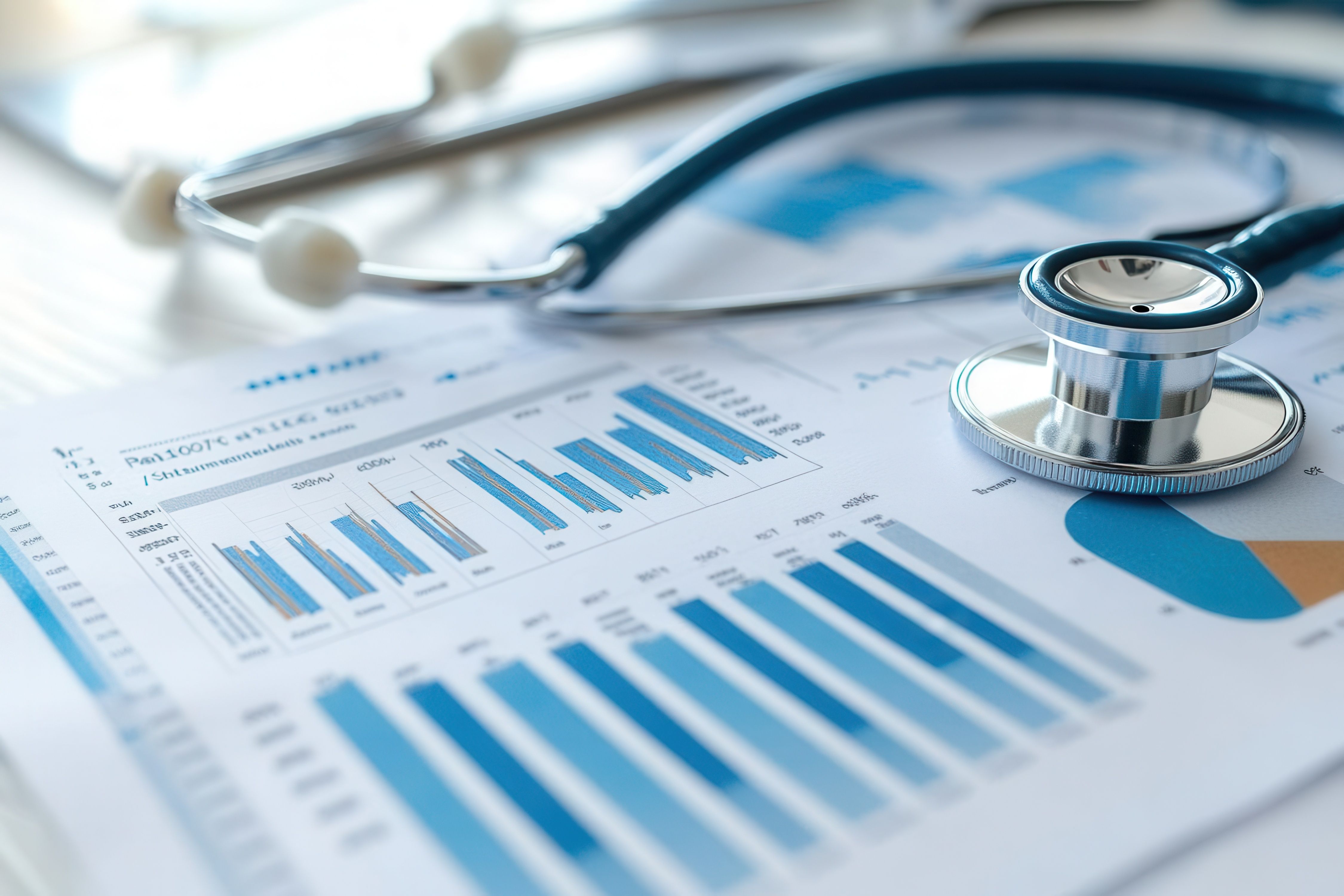News
Article
Understanding Biologics and Biosimilars Amid an Evolving Treatment Landscape
Author(s):
Biologics and biosimilars have a major role in modern medicine because of their clinical benefits and economic impact on patient care.
Both biosimilars and biologics have had significant impacts on the treatment landscape, Andrew Darkow, PharmD, MBA, BCPS, clinical assistant professor at Campbell University’s College of Pharmacy and Health Sciences, Wake Forest, North Carolina, said in an American Association of Pharmacy Technicians 2025 Annual Pharmacy Technician Convention presentation. The session, which was entitled “Decoding the Logic: An Overview of Biologics and Biosimilars,” described clinical applications and economic impacts associated with biologics and biosimilars over the past 10 to 15 years, as well as outlined what skills effectively contribute to their management and understanding.
Biologics Versus Biosimilars
Biologics
Image credit: lexiconimages | stock.adobe.com

Darkow begins the presentation by describing biologics as a large, complex molecule that is made of living sources, such as bacteria, yeasts, and animal cells. Unlike other medications and treatments, they are not chemically synthesized. Darkow noted that, unlike a “typical” medication, biologics are larger, and for these reasons, products can encompass a wide range of types of forms, such as certain vaccines, blood products, monoclonal antibodies, cellular therapies, and insulin. Additionally, because of their large, complex natures and lack of suitability for oral administration, biologics are often injectable products.
“There may be slight variations from batch to batch, because these are large, complex molecules, [and] they may not be exactly identical. Another key thing about biologics is they're often injectable products. About 15% of all medications are injectable products, but almost 100% of biologics are injectable products. Almost all of these medications are administered by some kind of [intravenous] or intramuscular route, and that's because [of their] large and more complex [nature], they're broken down much more easily if they were to be given orally, and then also, they don't get absorbed in our guts well. So, oral medication, oral biologics…there [are] very few [of those].”
Of note, commonly used biologics include the following: adalimumab (Humira; AbbVie); alemtuzumab (Lemtrada; Genzyme Corp); dupilumab (Dupixent; Regeneron Pharmaceuticals); omalizumab (Xolair; Novartis); pembrolizumab (Keytruda; Merck); and rituximab (Rituxan; Genentech), among others.
The FDA approval process for biologics is lengthier compared with biosimilars. The process can take about 10 to 15 years and consist of preclinical studies in which the drug is “discovered,” submission of an investigational new drug application, first-in-human trials, and other phase trials.
Biosimilars
Alternatively, biosimilars are biologic medications that are highly similar to biologics without having clinically meaningful differences from the reference product. They are often made with the same types of living sources and given to patients via the same mode of administration, have similar formulations and strengths, and have the same doses and treatment benefits while offering patients more affordable treatment options. Darkow acknowledged that biologics cannot be copied exactly, despite the active ingredients in generic drugs often being smaller, simpler, and easier to copy.
Of note, biosimilars are also identifiable by the 4-letter distinguishing suffix attached to the drug name. Darkow explained that this is because the FDA mandated that biosimilars must have the same core name as the reference product but must remain identifiable.
“Benefits of biosimilars [are that they are] similar to generic medications, they provide more treatments to patients, increase access to lifesaving, potentially life-altering, or disease-modifying medications, and they lower health care costs through competition,” Darkow explained. “Some biosimilars, many of them, are interchangeable. [For example,] an interchangeable biosimilar can be substituted at a pharmacy with a reference product without the need to contact the prescriber… [However,] states have different restrictive requirements. But federally, we can interchange a biosimilar without needing to ask for permission from the provider or contact the prescriber.”
The biosimilar approval process is shorter because the treatment does not need to demonstrate superiority to its reference product but instead biosimilarity or clinical similarity. Essentially, the goal of these trials is to identify that the investigational treatment is similar to its reference product, moves through patients similarly, and is produced and structured in a similar fashion.
Biosimilars, Biologics, and Immunogenicity
Darkow noted that being cognizant of immunogenicity is critical. Because biologics and biosimilar products are large and complex proteins, there is a higher risk of a patient’s body identifying them as an “outside source” and mounting an immune response to them. For these reasons, both biosimilars and biologics must undergo rigorous immunogenicity testing to ensure there are no significant risks associated with these medicines.
“Our bodies don't like foreign sources. They like the things that it creates itself. There is a risk with biologic and biosimilar products that your body will produce an immune response against that biologic product… If your body produces antibodies against the biologic product, it can decrease its effectiveness,” Darkow said. “By neutralizing that biologic, it can alter the kinetic coherence of the medication and the way that our body distributes it, and it can cause hypersensitivity reactions if our body mounts an allergic response against that biologic. This is why biologics and biosimilars have to undergo rigorous immunogenicity testing.”
Clinical Applications and Economic Impacts
Biologics have significantly impacted cancer therapies by targeting cancer cells more specifically and reducing adverse events compared with traditional chemotherapy, Darkow noted. Outside of cancer, biologics have improved treatment options for respiratory (eg, asthma, chronic obstructive pulmonary disease) and inflammatory (eg, arthritis, psoriasis) diseases by targeting specific mechanisms of inflammation related to these conditions.
Further, Darkow emphasized the significant cost savings with biosimilars. It is estimated that there was approximately $12.4 billion worth in savings in 2023 and $36 billion since the first biosimilar entered the market in 2015.
Conclusion
In his presentation, Darkow effectively highlighted the significant impact of these medications on the treatment landscape by offering more targeted and effective therapies. Although biologics are complex, injectable molecules requiring rigorous FDA approval processes because of their living origins and potential for immunogenicity, biosimilars provide a crucial, more affordable alternative that maintains clinical similarity to their reference products.
Of note, the significant cost savings achieved through biosimilars underscore their economic importance in increasing patient access to life-altering medications. Ultimately, continued understanding and appropriate management of both biologics and biosimilars are essential for advancing patient care and optimizing health care outcomes, Darkow concluded.
REFERENCE
Darkow A. Decoding the Logic: An Overview of Biologics and Biosimilars. Presented at: American Association of Pharmacy Technicians 2025 Annual Pharmacy Technician Convention. Denver, CO. June 5–7.
Newsletter
Stay informed on drug updates, treatment guidelines, and pharmacy practice trends—subscribe to Pharmacy Times for weekly clinical insights.





